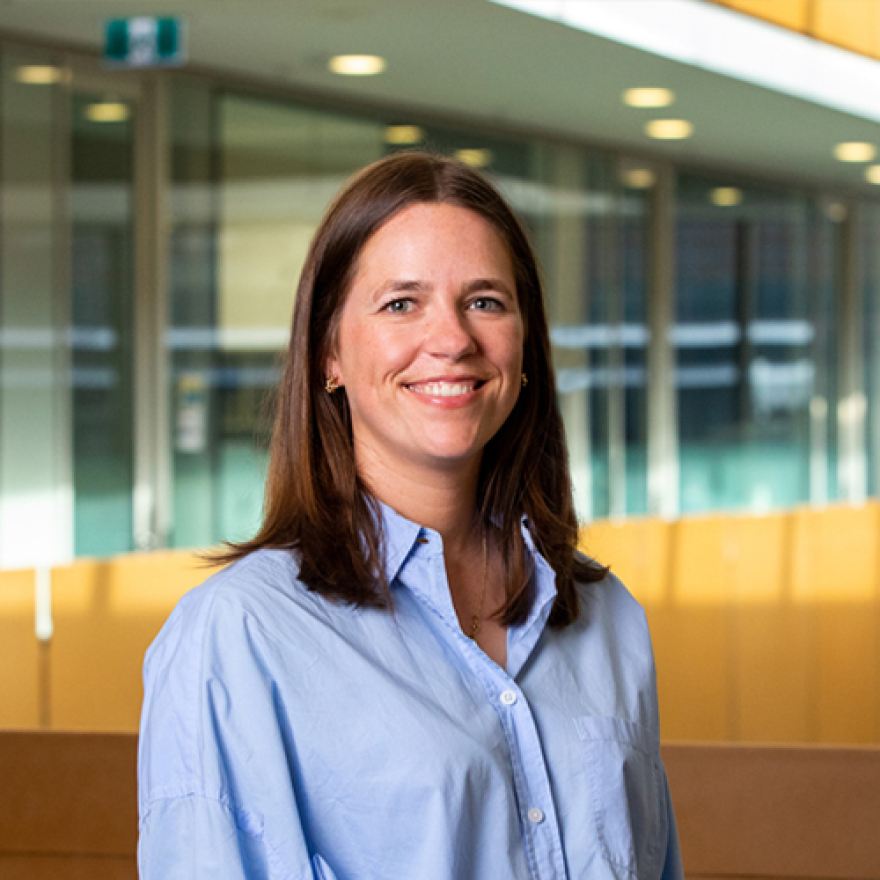High levels of sexually transmitted chlamydia, gonorrhoea, syphilis and trichomonas have persisted among young people in many remote Aboriginal communities, despite the wide availability of accurate diagnostic tests, effective single dose therapies, and clinical guidelines recommending annual testing of all sexually active young people as well as follow up measures for those found positive on testing. The MOST study aims to provide new ways to increase the frequency of testing for sexually transmissible infections (STIs), which is an important component of STI control programs.
The MOST study is a trial of two innovative strategies for increasing the number of young people being tested and treated for STIs in remote Aboriginal communities in Central Australia. Given the substantial reported barriers for having a test for STIs among young Aboriginal people, the study will examine the effectiveness of a strategy which encourages more young people to access the clinic for testing, as well as a strategy which enables the provision of specimens for testing without having a clinic visit. Strategy design will be based on in-depth qualitative research with young people in participating communities.
Following a period of in-depth qualitative trial design research, the effectiveness of new strategies will be evaluated quantitatively, using an interrupted time series analysis in six health services, of the number of young people tested for STIs, and the number found to have infection. We will use nucleic acid detection methods to determine whether the organism load of infections detected correlates with symptoms. New strategies will be accompanied by community sexual health promotion.
The formative trial design period is finished, and we plan to start the trial in mid-2017. Qualitative data collected to date will add to the limited studies with young Aboriginal people in Central Australia and provide much needed understanding of the factors that deter or encourage this age group from STI testing. The trial will evaluate whether chose strategies lead to a greater number of people having STI testing among the age groups at highest risk, as well as whether either strategy leads to a greater number of infections diagnosed, or an increase in the organism load of infections detected.
This study will be the first rigorous investigation of new strategies for increasing the uptake of STI testing among young people in remote Aboriginal communities in Central Australia. A world first innovation in our methodology will be the incorporation of changes in organism load as a marker of effect, complementing conventional quantitative and qualitative indicators that will form the core of the evaluation. If successful, study outcomes will be readily transferable to other remote communities with endemic STIs, and are likely to be adaptable to other settings of high prevalence.
- National Health and Medical Research Council (NHMRC) Project Grant

